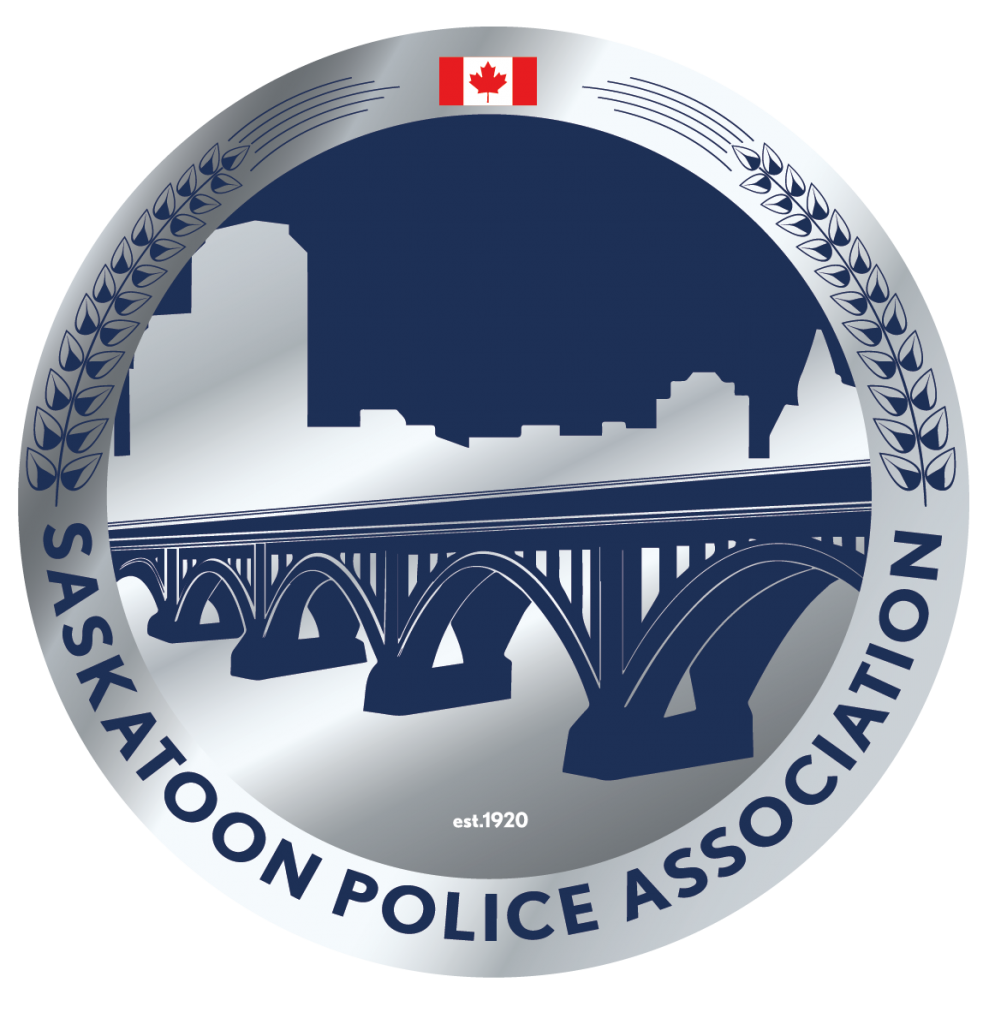Every hour of every day, brave men and women of the Saskatoon Police Service put themselves in harm’s way to keep our city safe.
Since 1920, the Saskatoon Police Association has been their official voice, providing representation, resources and support for the people behind the badge.
Over 500 sworn police members strong, we represent our members in matters concerning employee benefits, discipline and contracts. We work with our fellow police associations to improve working conditions for officers here and across Canada.





